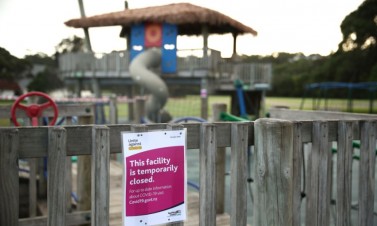Covid-19: The maths that explains why we’re locking down
1 April, 2020

Want to avoid Covid-19? Skip the high dose vitamin C, and take a moment to learn about the statistical modelling that helps us understand how diseases spread. Shaun Hendy explains.
Infectious diseases like Covid-19 spread from person to person. If, on average, every person who gets it goes on to infect two other people, then you have yourself an epidemic. Two becomes four, four becomes eight, which becomes 16, which becomes 32 …
This is exponential growth and it is exactly what we are seeing in places like the United States and Europe. In these countries, every person who gets Covid-19 is going on to infect two-and-a-half other people on average. The result is that the number of infected people in these countries is doubling every few days.
This is the first time that humans have encountered SARS-CoV-2, the virus that causes Covid-19. As far as we know none of us have acquired immunity to it yet, which means the virus can infect all of us. With no immunity, the exponential growth of infections could go on for months.
This is a scenario we have explored using some mathematics to simulate Susceptible-Infected-Recovered (SIR) models. A Te Pūnaha Matatini research team (Alex James, Mike Plank, Nic Steyn, and myself) have been working on building SIR-type models for Covid-19 for several weeks (there is a detailed summary of our work here and further details available on our website). We are one of several groups providing modelling of Covid-19 for the government.
The model shows what would happen if an outbreak took hold here. In a scenario where we did nothing about it, we found that the New Zealand health system would be swamped ten times over, leading to tens of thousands of deaths. This is very grim stuff, which is why our government is going to do its best to avoid this scenario.


